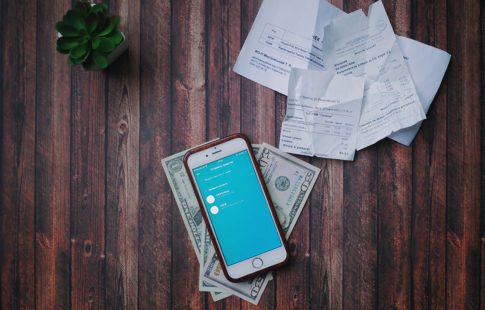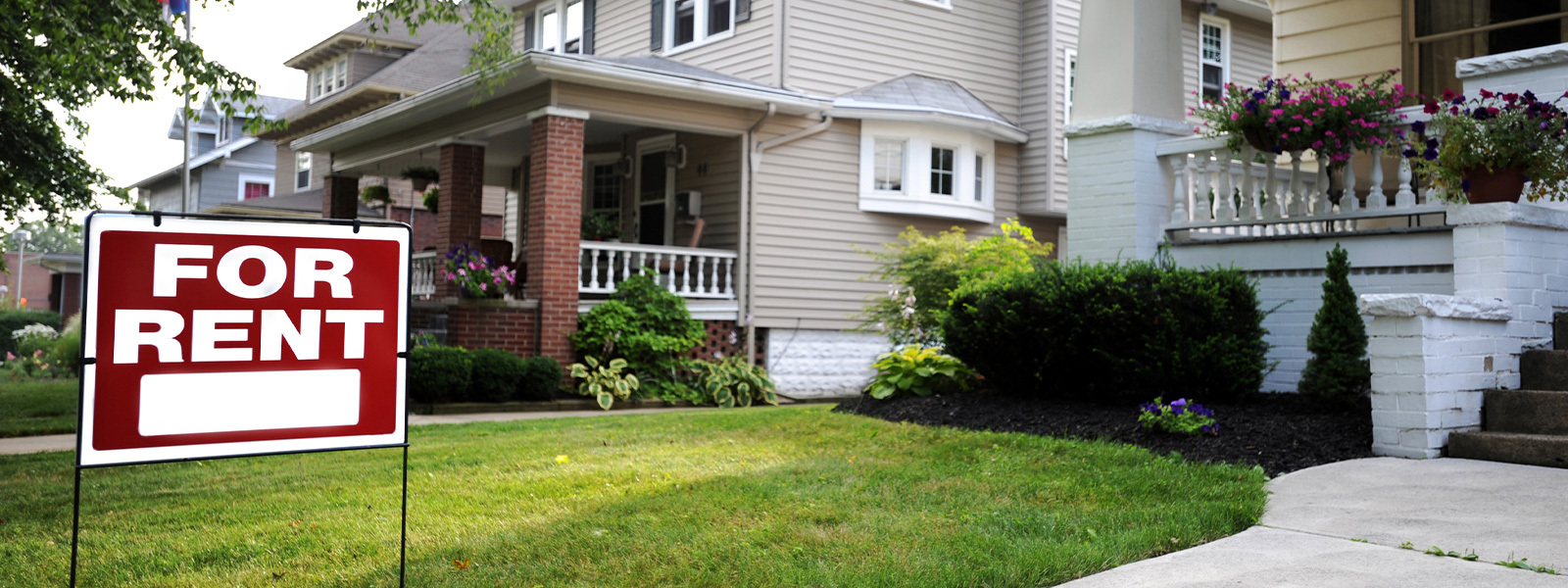Estimated reading time: 3 minutes
Even though the economy has reopened, many landlords are still facing rental shortfalls. As recently as this summer, the average renter in arrears was $3,700 behind on payments according to data cited by CNBC. The good news is that this hardship isn’t going unnoticed. There are a range of mortgage assistance solutions and rental assistance programs that may help you and your tenants with the pandemic’s effects. Here are few strategies to consider.
1. Explore rent relief programs for tenants and landlords
Rental assistance programs are available around the country and many may have gotten a boost. That’s thanks to the over $21 billion in rental assistance included in the American Rescue Plan Act which was signed into law in March 2021. In addition to helping with rent, funds from these programs may also help with utilities.
That said, it’s important to note that even if a program benefits renters, landlords may be able to apply on their behalf. Resources where you can learn more about available programs include:
- The U.S. Department of Treasury: Provides information on Emergency Rental Assistance (ERA) programs supporting landlords and tenants.
- USA.gov: Lists comprehensive rental assistance information from around the country.
- National Council of State Housing Agencies (NCSHA): Links to rental assistance programs by state.
- National Multifamily Housing Council (NMHC): Posts COVID-19 resources for renters and landlords.
- National Association of REALTORS: Lists a range of housing assistance programs.
- Charitable organizations: Helpful hubs include 211 which works with a variety of charities. Dial 2-1-1 or visit 211.org.
2. Negotiate temporary solutions with tenants
A second option that may help is making temporary arrangements with your tenants while their income is limited. According to Avail, a software company that caters to DIY rental property owners, options may include accepting:
- Partial rent payments;
- Security deposits in lieu of rent (check state and local laws on this);
- Late payments with no penalties; or
- Deferment of payments.
3. Refinance your mortgage
Refinancing your rental property’s loan may help you reduce its costs or boost your savings. Depending on your circumstances and loan type, refinancing can present a way to:
- Lower your property’s monthly mortgage payment;
- Liquidate some of its equity to create an emergency fund through a cash-out refinance* (note that cash-out refinances result in a higher mortgage payment); and/or
- Take a brief break from monthly payments, depending on your loan’s closing date. As an example, if you close on your loan in January, your first payment likely won’t be until March, freeing up funds in February. Talk to a Mortgage Professional to learn more.
As you consider this option, bear in mind that refinancing includes added expenses, such as closing costs, though you may be able to include those costs in your loan. See our Refinancing Guide.
*A cash‐out refinance increases your mortgage debt and reduces the equity you may have in your home. Your monthly mortgage payments may be higher. A debt consolidation refinance increases your mortgage debt, reduces equity, and extends the term on shorter‐term debt and secures such debts with your home. The relative benefits you receive from debt consolidation will vary depending on your individual circumstances. You should consider that a debt consolidation loan may increase the total number of monthly payments and the total amount paid over the term of the loan. To enjoy the benefits of a debt consolidation loan, you should not carry new credit card or high interest rate debt.
Tradenames and trademarks used in this blog post are the property of their respective owners. Nationstar Mortgage LLC d/b/a Mr. Cooper is not affiliated, associated, or sponsored by any of these owners. Use of these names and trademarks is not intended to, and does not, imply endorsement but is for identification purposes only. Information provided does not necessarily represent the views of Mr. Cooper. Information is subject to change without notice.





